How to grow violet from a leaf at home
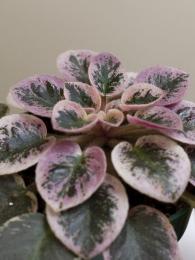
Violet - the plant is quite unpretentious and many novice gardeners who want to have these wonderful flowers in their collection ask the question “Is it possible, and if so, how to grow a violet from a leaf?”
Content:
- How to grow a violet from a leaf
- Typical germination mistakes
- Errors during the rooting phase
- Landing stage errors
- Errors at the stage of planting young Saintpaulias
- Care
This process is not too troublesome, but it requires certain conditions to be met so that the violet takes good roots and takes root in a new place without any problems. Experienced amateurs advise beginner flower growers to do this procedure in the spring and summer.
How to grow a violet from a leaf
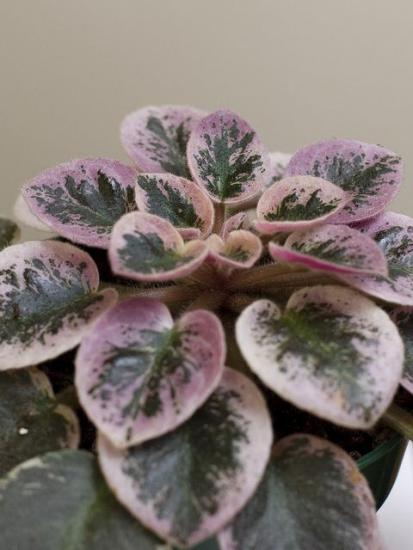
- The ends of the violet stem need to be cut off at an angle and the leaves should be placed so that they do not touch the bottom of the glass.
- You need to sprout the leaves in dark, opaque cups (for example, yogurt cups), pouring settled or filtered water (not running water). Place the glasses in a warm, bright place.
- After the roots appear, the leaf can and should be transplanted into loose soil. It is more convenient to use disposable cups or yogurt cups for this, after making holes for drainage with a hot awl or a large needle.
- First put a little expanded clay, pieces of polystyrene foam, sphagnum moss on the bottom of the glass, then pour in the soil mixture.
- Having made a small hole in the ground, carefully place a leaf with roots there (no deeper than 1 cm), sprinkle with earth without compacting it and water with settled or filtered warm water.
- Cover the pot with the leaf with plastic wrap or a glass jar.
Cutting best to plant at an angle of 45 degrees (face up) so that the sprouted babies (small plants) are not shaded by the leaf.
Typical germination mistakes
To avoid common mistakes that novice gardeners make, check out some of them.
Errors during the rooting phase
It happens that the brought leaf wilted a little on the way home. Then, before rooting, it must be immersed in warm water for two hours so that it becomes elastic. After this, use a sterile sharp razor to update the oblique cut, leaving about 3 cm of the cutting.
You can place several cuttings in an opaque container. But make sure they don't touch the bottom. You can stretch a plastic film over the top of the jar, in which holes are made for the leaves. But it is preferable to keep the cuttings separately: if one of them rots, you will avoid damage to the others.
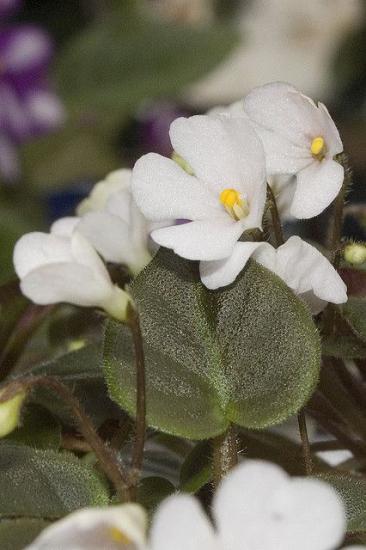
For rooting it is better to take soft water. You can use rain or melt water, as well as distilled, boiled, settled and well water. The opinion that boiled water lacks essential nutrients is erroneous, since the leaf does not require any nutrition at this stage. For root formation, everything necessary is contained in it itself.
There is no need to change the water, you just need to add it as it evaporates. Roots will begin to form within three weeks. You can move to the planting stage from the moment the length reaches 1.5-2 cm.
Landing stage errors
When planting cuttings from leaves, the most common mistakes are:
- Very “fat”, abundantly fertilized, and also airtight soil.
To be on the safe side, here is the composition of the substrate for Saintpaulias: sphagnum (chopped bog moss) – 2 parts; peat (not sour) – 2 parts; rotted leaf soil (preferably from under a linden tree) – 1 part; coniferous soil (preferably pine) – 1 part; garden soil (sifted, without humus) – 1 part; river sand (not fine, medium or coarse) – 1 part; a piece of charcoal in each pot.
- Deepening the cuttings when planting is more than 1-1.5 cm. Deep planting makes it difficult for young leaves to sprout into the light. To ensure that the leaf holds well at shallow depths, it is secured with a stick or straw.
- The optimal germination temperature and light conditions are not observed. Provide the plants with a temperature of about 24-26 degrees and diffused light.
- Drainage is not provided; the water sits in the pot without seeping out. Check for drainage holes; do not flood young plantings.
You can separate the young when they grow 3-5 leaves and they reach a third of the size of the mother leaf. They are carefully separated and planted separately.
Errors at the stage of planting young Saintpaulias
At the seating stage A typical mistake for young Saintpaulias is choosing a pot that is too large. As a rule, the plant cannot master a large earthen ball. The roots rot and the plant may die. You should plant young Saintpaulia rosettes in pots 4-5 cm in diameter, and only after six months increase the pot to 8 cm.
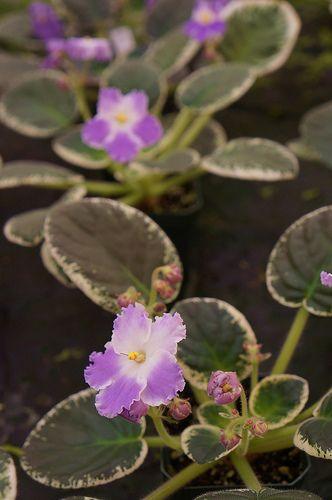
For young plants (and there can be from 1 to 20 of them on one leaf), the same earthen substrate is used as for leaf germination. You can only add a little superphosphate - 2 tbsp.spoons into a bucket of soil mixture.
Feeding is needed only during the formation of buds. The concentration of liquid fertilizers is made 3 times less than specified by the manufacturer.
Care
We have already written about caring for Saintpaulias, their requirements for lighting and watering, as well as the feeding regime; you can familiarize yourself with the materials Here.
So, growing Saintpaulia from leaf cuttings is very simple; you should follow the recommendations step by step and beware of the above mistakes. Good luck to you!


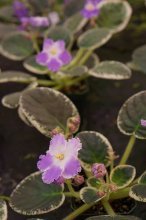
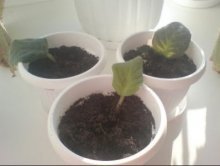
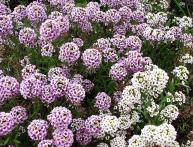
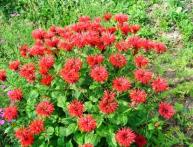
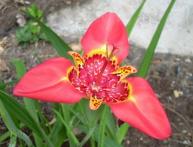


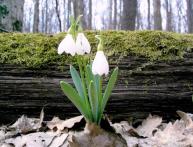

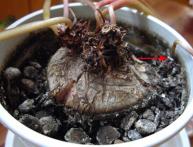
Comments
I really love it when there are a lot of flowers in the house, and violets are one of my favorites. But somehow they don’t take root with us, they wither constantly. I'll try to use your advice as well.
Growing a beautiful violet from a leaf is not difficult if you do everything correctly. At one time I was interested in growing violets and I was good at it, the main thing is not to water them too much and protect them from the sun.
I only use the method described in the article. Root germination with 100% probability occurs in water. The only thing I don’t agree with is that the process works just as well in dark cups.
I really like violets, but I haven’t tried growing them myself yet. I usually buy already grown ones or exchange them for my own flowers. Now I’m thinking of trying to grow it myself, so I don’t have to look for the colors I like on the market.